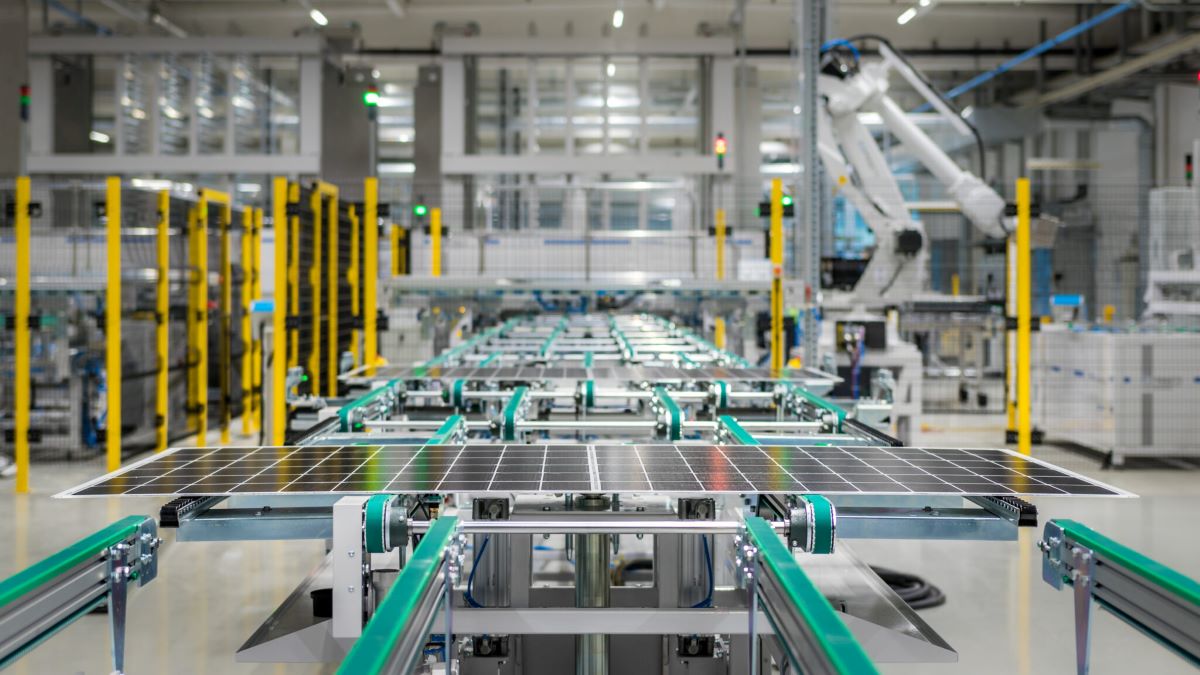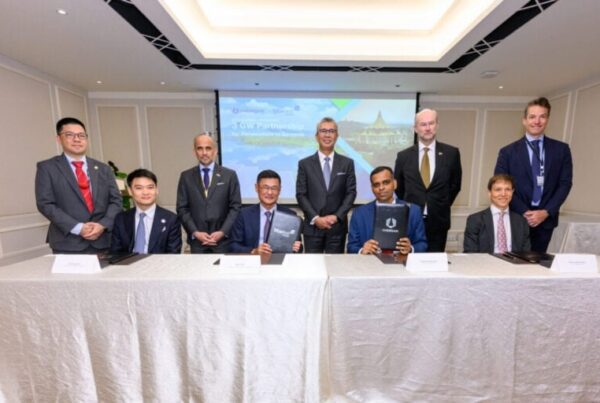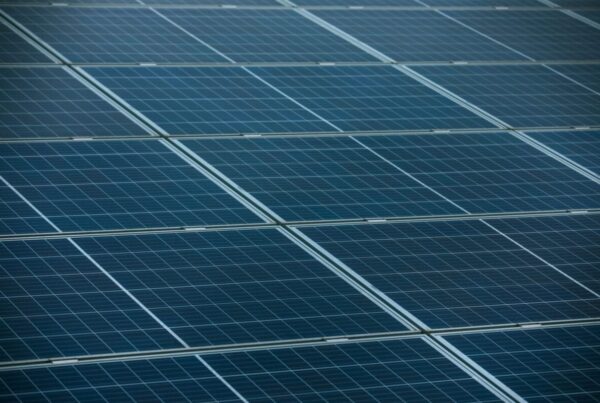
Colville said solar PV module supply in Europe was close to 40GW, a level that the EU market could take. However, solar PV module supply significantly increased to over 60GW in 2022, and ultimately reaching around 100GW this year.
He described solar shipments from China to the EU as “out of control,” and have created conditions where producing modules is rarely profitable for European manufacturers, as module supply far exceeds demand.
According to Boy, China exported 128GW of solar modules to the world from January to August 2023, an amount higher than installation requirements. Of the exported solar modules, 72GW or 56% were shipped to Europe. Year-on-year exports to the Netherlands, France, Italy and Belgium increased significantly.
The webinar also examined solar cell efficiency. Boy said due to the maturity of the process and the simplicity of production, PERC cells based on p-type wafers are still the mainstream at the moment.
However, its market share is expected to be only 68% this year, down from 84% in 2022, as n-type tunnel oxide passivated contact (TOPCon) solar cells are gaining traction. N-type TOPCon’s market share is expected to reach 21% this year, up from 8% in 2022.
Lastly, Coville also explained the PV ModuleTech Bankability Ratings during the webinar. A total of 16 module suppliers were awarded A or B grades. Of these companies, nine module suppliers with a total capacity of about 80GW are capable of working on utility projects, including LONGi, JA Solar, JinkoSolar, Trina Solar, Canadian Solar, Risen Energy, Astronergy, Seraphim and DMEGC Solar.
Other solar companies’ bankability ratings will be unveiled at PV ModuleTech Europe 2023 in Barcelona on 28-29 November 2023.
For the full coverage of the changing landscape of solar module supply to Europe webinar, please refer to the article on PV Tech Premium.






